The deceptively complex art of just standing around
There’s a lot of work involved in standing around doing nothing. Responsibility, too. People fixate upon the more flamboyant elements of character animation: facial performance capture, martial arts, military tactics, bicycle kicks, slam dunks… but it’s the little things that often stand out. Sam Gideon smoking a quick one in Vanquish, a guard going down with a cold in Metal Gear Solid, or a cop being abused by a fly in Deus Ex: Human Revolution. From Sonic, Mario and ToeJam & Earl, to the pedestrian parade of Skyrim, the idle animation is the unsung hero of videogame performance.
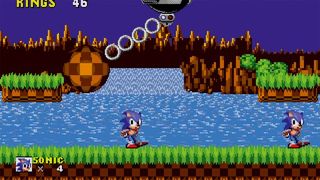
“Idle animations are important because they serve as a common position for all other motions to come from and go to,” says Jon Maine, animation director at Avalanche Studios. “An idle can help to marry the character with their environment and therefore convince the player that the character exists in the world, so it’s important to invest time in getting them right.” The enemy of animators creating idles is repetition, especially when dealing with the ‘core’ idles that loop whenever there’s nothing going on. “If a character were to scratch his nose during a default idle then it’ll keep happening and break the believability of the character,” Maine notes. “Save this sort of thing for the idle variants that should be used sporadically – like looking around or checking your weapon.”
It’s just this sort of thing that crops up when we ask Mick Morris, managing director at mo-cap specialist Audiomotion, to check through the shot list for an upcoming game. “’Gun.’ ‘Check gun.’ ‘Idle check, look around,’” he mutters. “’Shuffles.’ ‘Heavy breaths.’ ‘Disappointment…’ You get a lot of emotions. Even if you’re not trying to capture facial expressions, you’re trying to capture the essence with the body. This is something I wouldn’t have paid much attention to, but when you go through the list you find that the animation director’s put all this down because it’s clearly as important as all the action stuff. ‘Nervous looks.’ ‘Minor reactions.’ ‘Looking off-cam.’ These are all things the performer’s going to have to get across in their body language.”
A layman would be forgiven for thinking that idles are some of the cheaper and simpler things on a motion-capture checklist – a bit like when someone who isn’t Mel Gibson has their hands filmed disarming a bomb because Gibson’s too busy speaking to a real police officer. But there’s an art to it. “We recently had four Navy SEALs over from the US for a two-week shoot,” Morris recalls. “If you want these guys to do any particular military moves – clear a room, take cover, anything like that – then that’s all fine.
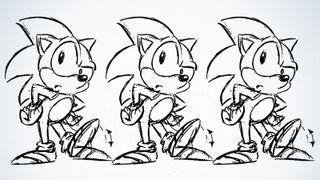
But getting them to give you those little, subtle nuances, those tiny little gestures, is probably where they’d struggle. A traditional actor is going to convey those much better, without the director going: ‘Let’s go again. Let’s go again.’ “There’s something I remember watching a while ago where Michael Caine’s giving an acting masterclass – this was about 30 years old. There’s an anecdote about Jack Lemmon being directed for a particular scene. The director says, ‘Let’s go again, Jack, but less. Less.’ Lemmon does the scene again and the director says, ‘OK, Jack, that’s good. But less.’ And Jack Lemmon turns around and says, ‘Look, if I do anything less then I won’t be doing anything at all.’ And the director says, ‘Now you’ve got it.’ Direction is a craft, and you wouldn’t pick up on those silences and moments where it appears there’s nothing going on. And it’s relevant to videogames. These characters aren’t just standing around doing nothing, they’re doing something – they just appear to not be doing anything important.”
“I personally try and stay away from the ‘heavy breathing’ idles that we’re used to seeing on more exaggerated or cartoony games,” Maine says. “There’s a fine balance between too much and too little, and it’s important to consider the size and resolution of the character in-game when capturing these motions. If there isn’t enough movement, the character can appear frozen like a statue, especially if the camera is farther away. If the motion is too exaggerated then it can appear forced and unnatural.”
The process isn’t a hundred miles away from Michael Caine’s stomping ground. There’s a method to it, and the director’s role is just as important in ensuring that the actor isn’t just reading the script, but ‘getting’ it. And when it comes to idles, of course, much of the time there’s no script at all. “It’s important to invest time explaining the situation to the actor and providing an understanding of where the motion is used,” Maine says. “It often helps to build up a motion in order to achieve the desired effect. If you need your character to look out of breath, ask the actor to perform runs and sprints first. Or if you want the character to look energised, ask the actor to perform something like a punch and kick combo prior to capturing the idle.
Sign up to the 12DOVE Newsletter
Weekly digests, tales from the communities you love, and more
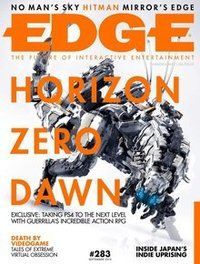
“A more current approach towards characters idling is to provide a series of motions that can dynamically affect a single pose. This can be achieved via the use of additive layers coupled with blending, which provide more variety in the motions for less memory usage. An example of this would be to combine a subtle, relaxed animation with an out-of-breath version, then blend between the two states depending on how much time the character has spent running.”
Read more from Edge here. Or take advantage of our subscription offers for print and digital editions.
Edge magazine was launched in 1993 with a mission to dig deep into the inner workings of the international videogame industry, quickly building a reputation for next-level analysis, features, interviews and reviews that holds fast nearly 30 years on.
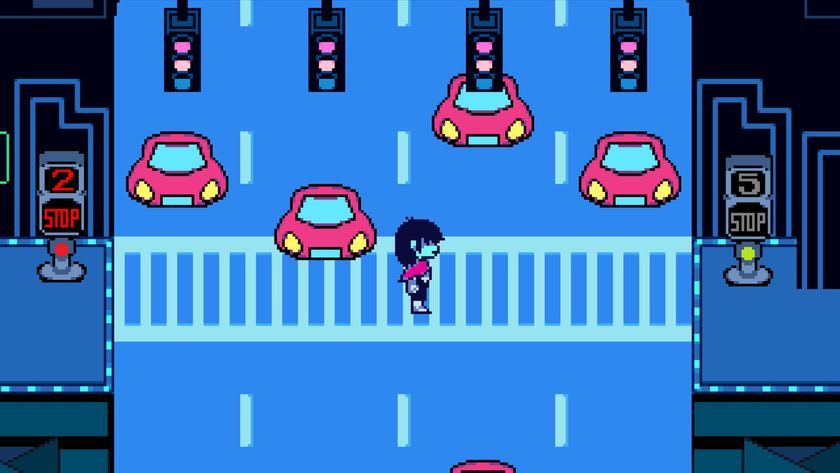

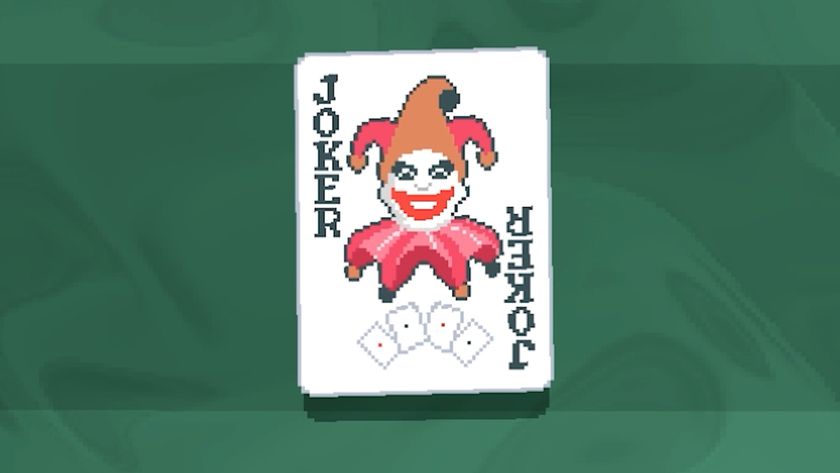
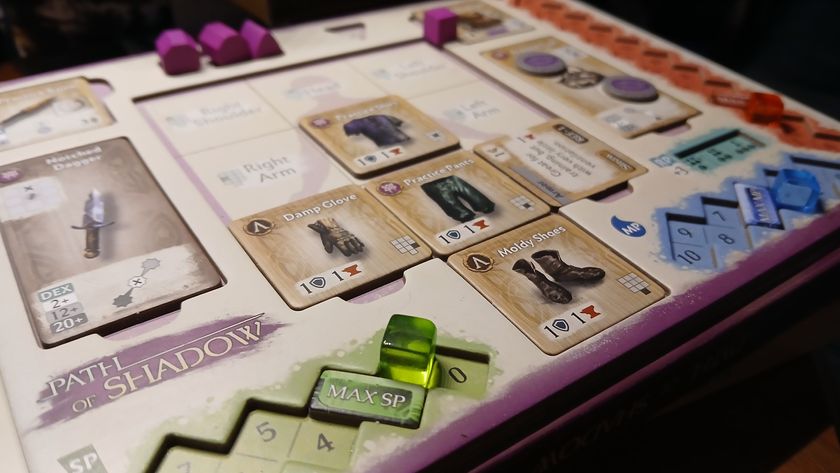
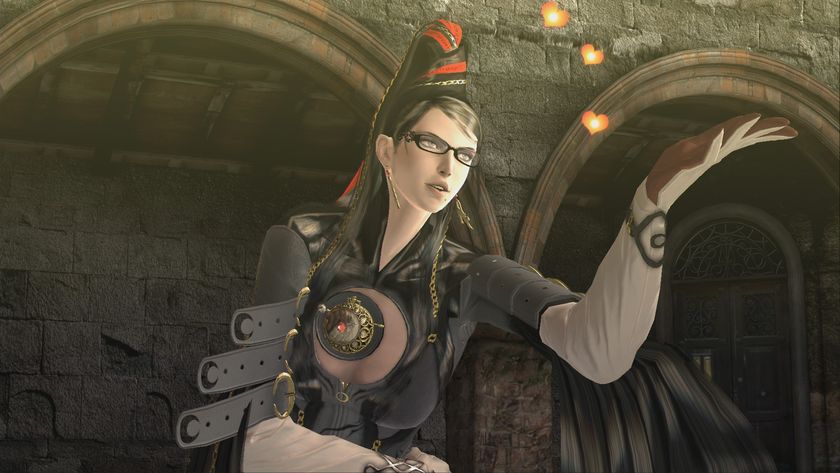
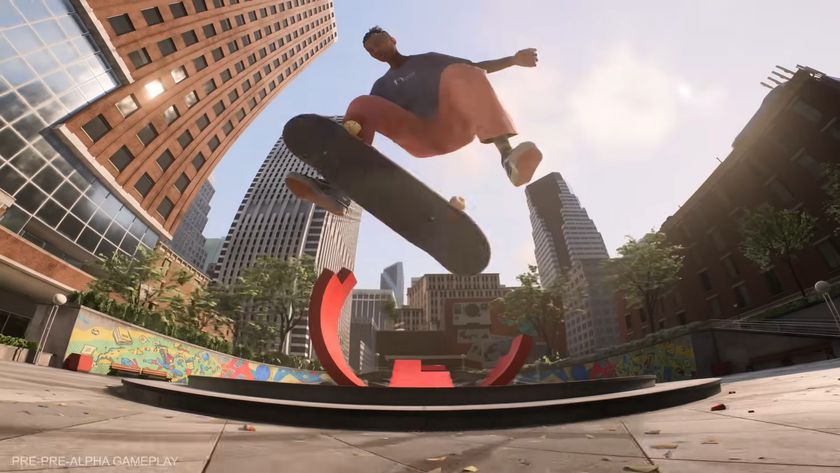
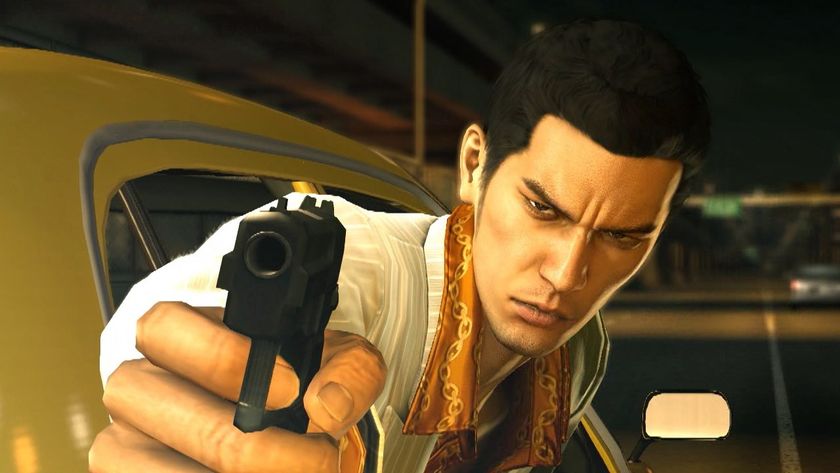






Undertale creator Toby Fox's tomfoolery leaves Deltarune testers thinking an intentional nerf was actually a bug after they "independently" discovered it
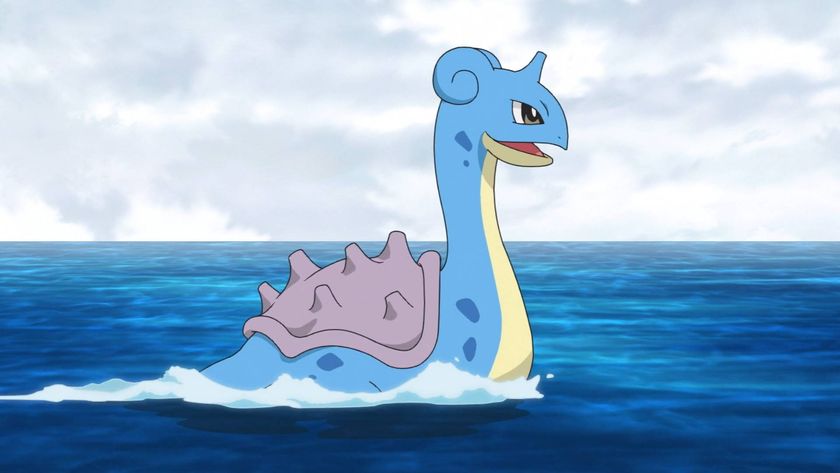
Former Pokemon world champ uses a "stupid strategy" that "should never work" to transform a Lapras into an OHKO machine so powerful it can even take out enemies in alternate dimensions




